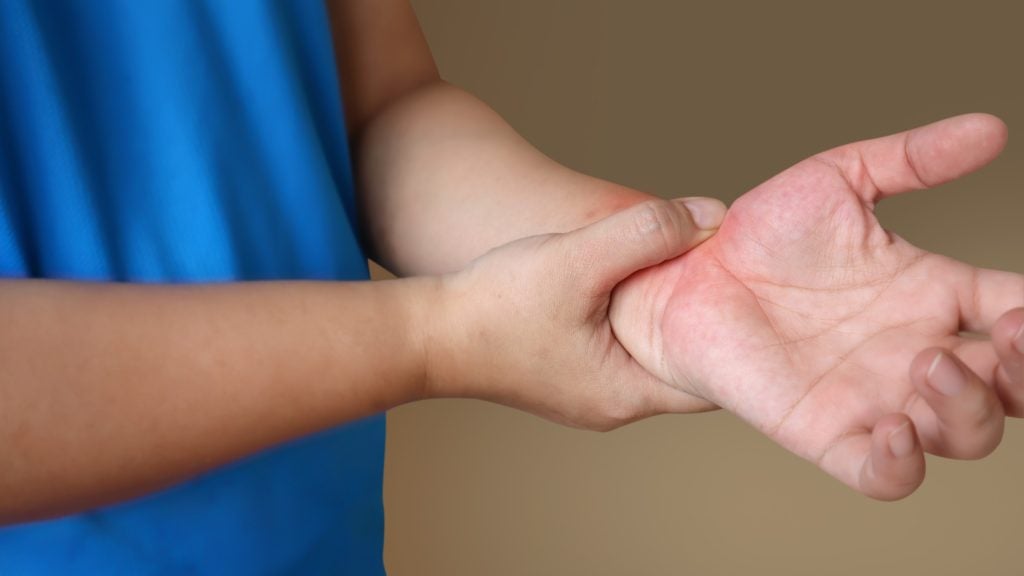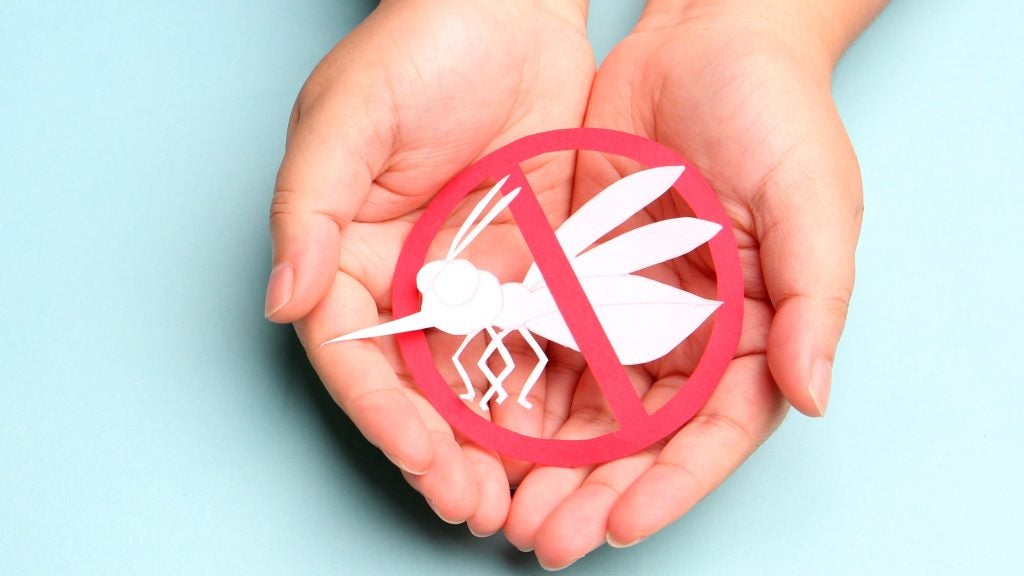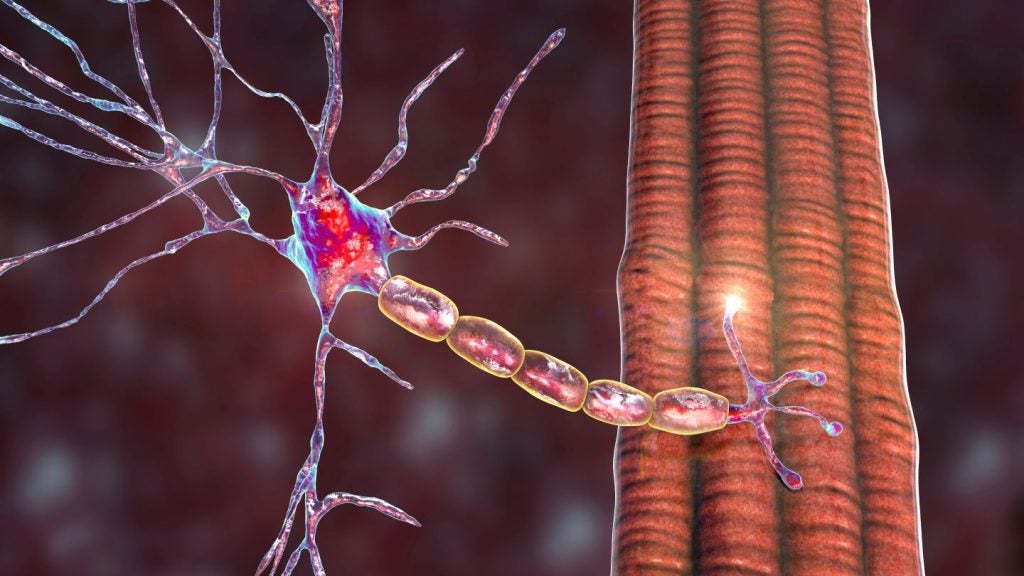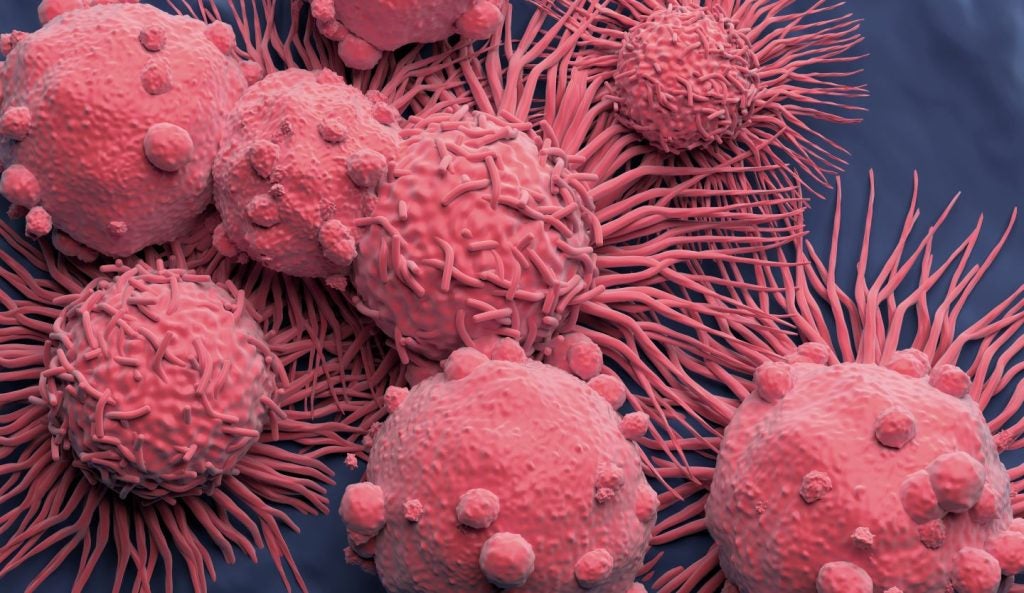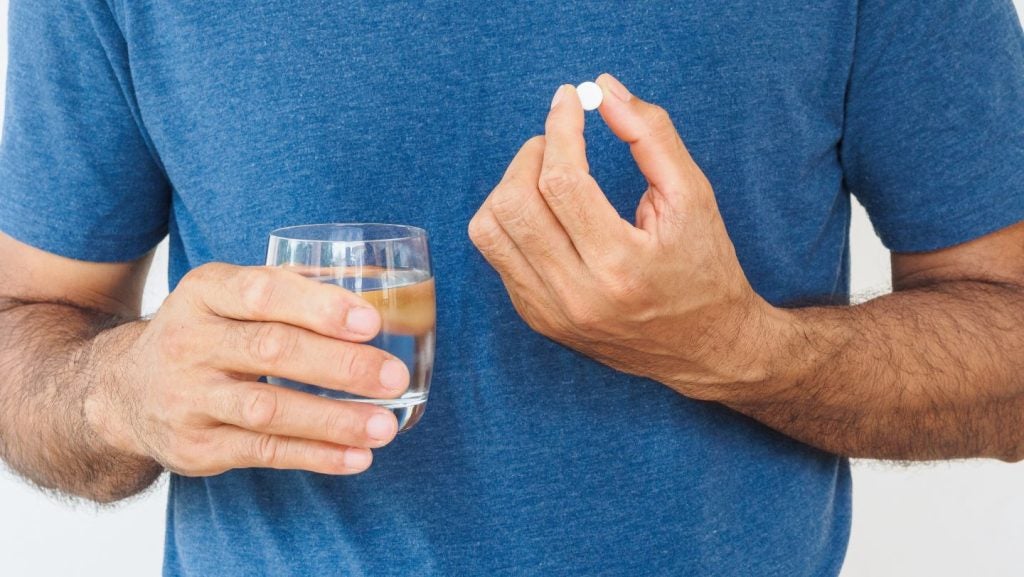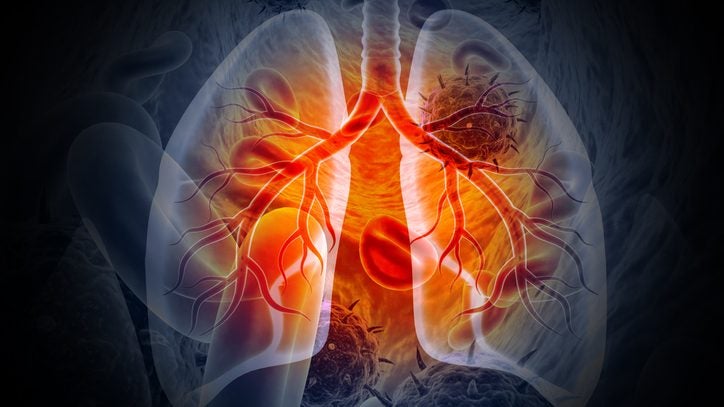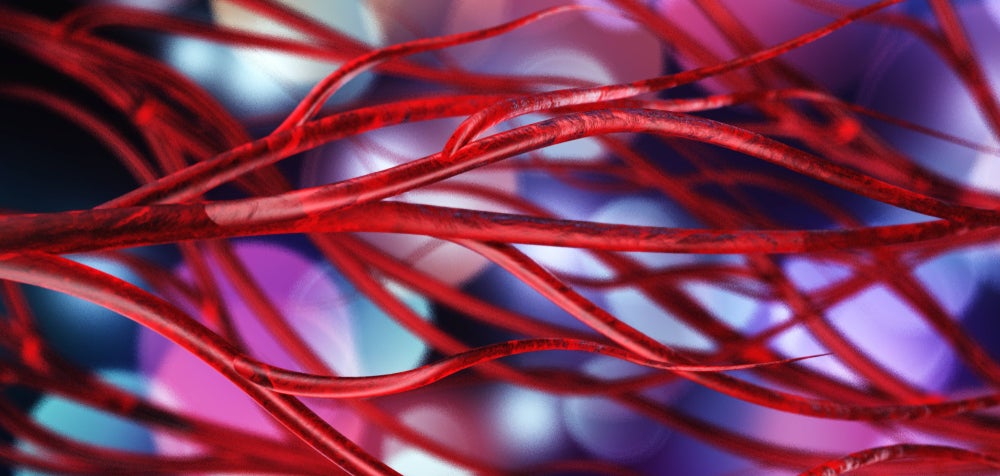The Australian Therapeutic Goods Administration (TGA) has granted clearance for iECURE’s clinical trial notification (CTN) to commence a Phase I/II clinical trial of ECUR-506 for the treatment of ornithine transcarbamylase (OTC) deficiency in paediatric (or neonatal) patients.
An investigational gene editing-based therapy, ECUR-506 has an ARCUS nuclease vector that acts on gene editing in the PCSK9 gene locus and a therapeutic donor vector that introduces the OTC gene to offer the preferred functional gene.
iECURE is readying study centres for this international, first-in-human trial and plans to launch it in the first half of next year.
Dubbed the OTC-HOPE Trial, the study will enrol baby boys with genetically confirmed OTC deficiency.
It will evaluate up to two dose levels of the therapy in subjects aged 24 hours to seven months.
Analysing the tolerability and safety of single intravenous doses of ECUR-506 is the trial’s primary goal while pharmacokinetics and efficacy will be evaluated as secondary objectives.
Exploratory endpoints will comprise disease-related biomarkers and milestones linked to the infants’ development and their quality of life.
iECURE CEO Joe Truitt said: “The TGA’s clearance to begin clinical trials for the OTC-HOPE study represents major milestones for the OTC deficiency community and the iECURE team.
“ECUR-506 has the potential to restore the function of the OTC enzyme in infants who lack this critical component of the urea cycle.
“The current standard of care relies on low protein diets, kidney dialysis, the use of ammonia scavengers and eventual liver transplant for babies with severe OTC. We are hopeful that our approach will be a better option for these children.”
According to data from preclinical research, ECUR-506 was shown to offer a lasting response in nonhuman primates.
Up to 28.2% of liver cells had the human OTC gene expression at the time point of one year.
In the OTC-deficiency mouse model, dosing with ECUR-506 in newborn mice was demonstrated to insert a healthy OTC gene copy.




